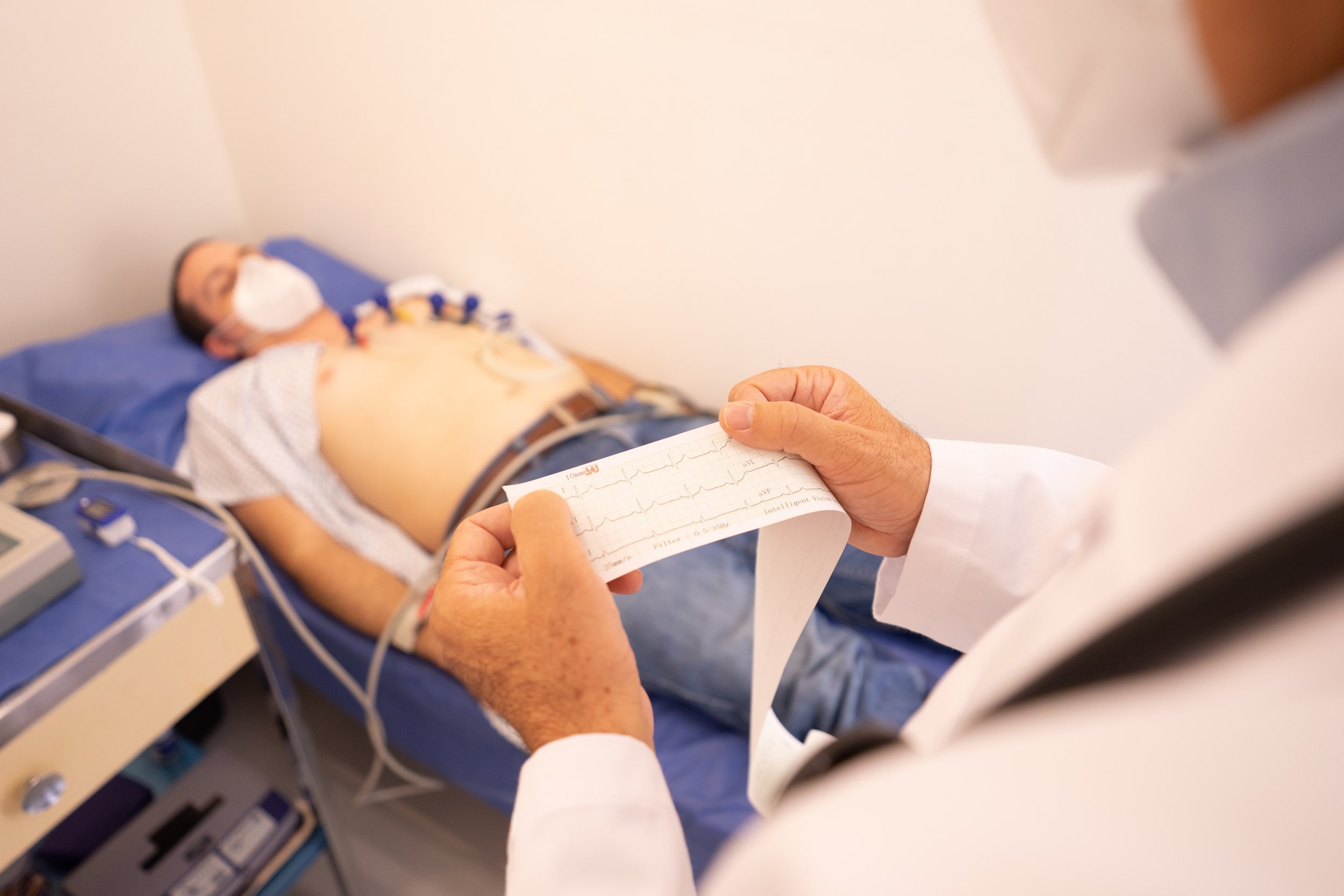
Holter Monitoring
What is Holter Monitoring?
Your doctor may refer you for a Holter monitor to investigate your heart electrical signals over the course of a day or multiple days. Commonly, if you are experiencing symptoms such as palpitations, dizzy spells, or fainting spells your doctor may ask you to wear a Holter monitor.
Similar to an electrocardiogram (ECG) electrodes are placed on the chest and attached to a monitor to evaluate your heart’s rhythm. The advantage of a Holter monitor is that your doctor will be able to assess your heart’s rhythm as you are doing your daily activities such as exercising, eating, sleeping, and working. You will be given a diary sheet to record any symptoms you may feel during the course of wearing your monitor.
Preparation
Before your Holter Monitor
Please wear comfortable, loose-fitting clothing so that dressing will be easy once the monitor is put in place
Depending on the length of time you are required to wear the Holter, bathing may not be allowed. It is, therefore, recommend you bathe before this appointment.
Wearing your Holter Monitor
Our technician will place 3 to 5 small electrodes on your chest which connect directly to the monitoring device. The device is held in a pouch and typically works across the shoulders.
You will be asked to perform your daily activities while recording what you are doing (i.e exercising) and any symptoms you may be experiencing (i.e chest pain). An example is as follows:
9 A.M - Wake up
9:30 A.M - Eat breakfast
10:00 A.M - Go for a walk (experienced palpitations)
10:30 A.M - Gardening
It is important to remember everyone has a different exercise tolerance, so long as your target heart rate is reached, your test will be considered diagnostic.
After the Test
Once your recording is complete you may resume your daily activities unless otherwise stated by your physician
